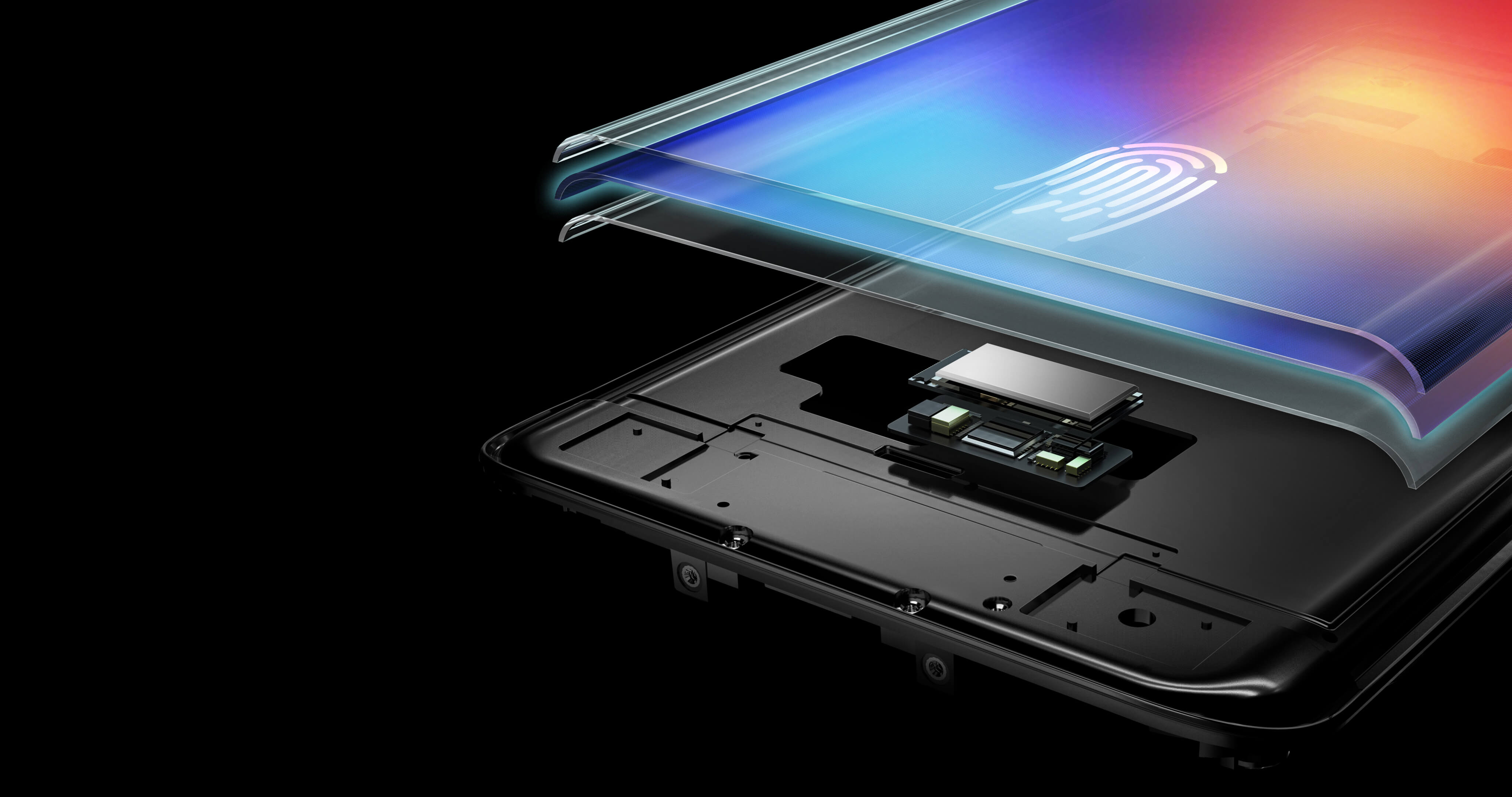Vivo is aggressively pushing the in-display fingerprint tech than any other company
After years of rumours and prototypes, Vivo has finally become the world’s first company to launch a phone with in-display fingerprint sensor. While the Vivo X21 seems inspired by the iPhone X, which has a similar operating system and a notched display, it has beaten Apple’s iPhone in becoming the world’s first phone to have an under-screen fingerprint sensor.
The in-display fingerprint scanner is an innovative tech that allows a smartphone to have thin bezels and high screen-to-body ratios, since the biometric authentication is integrated into the display itself, and the Vivo X21 marks its inauguration in India.
Design
The design aesthetics of the X21 might’ve been innovative a year ago, but things changed in the post-iPhone X era. Like most Android flagships launched this year, the X21 too has a notched display with a big aspect ratio and a sleek bezel at the bottom. The under-screen fingerprint technology aside, the X21 looks quite similar to the Vivo V9, with screen dimensions that would remind you of the OnePlus 6. Both of them feature a glass back, and none of them support wireless charging.
The Vivo X21 unit received was an all-black aluminium frame with conoidal edges, which allows for a good grip. Considering its 6.28-inch screen and tall 19:9 aspect ratio, the X21 is surprisingly easy to use.
The glass back of X21 could’ve been a bit better, and the device doesn’t feel as classy as the Galaxy S9 or the Apple iPhone X, given its price.
The in-display fingerprint sensor
The X21 at first glance doesn’t seem to have any visible fingerprint sensor – not until you pick it up and tap the screen. It uses Synaptics ClearID optical sensor, which only works on OLED/AMOLED panels. The under-screen sensor is placed slightly above the chin of the device and offers three different animations to choose from while registering your fingerprint.

When the screen is off, a dimly lit fingerprint icon on the screen tells you where your thumb should go. When you want to unlock the X21, the in-display scanning technology automatically lights up the stylised fingerprint icon. Over all, it works better than I expected, and the animation makes you feel as if you're in possession of a futuristic phone.
Display
With a full-HD+ OLED screen, the Vivo X21’s display is pleasing to look at. But in comparison with Galaxy S9 Plus or iPhone X, the difference is quite noticeable in terms of image quality and the way text is rendered on the screen. The colours and icons, however, become prominent and clearer with a nice dark background.
The OLED panel of the X21 also integrates P3 display colour management technology, which supports a wide colour gamut to ensure accurate, natural and saturated colours all the time.
And for those who’ve a distaste for the infamous notch, the X21 allows users an option to hide the notch by forcing a black status bar similar to the one seen on Huawei P20 or OnePlus 6.
There is also a Samsung lookalike always-on display with a side clock version, even though the X21 doesn’t have curved edges of the Galaxy S9 or S8. Vivo allows users to customise the colour and background of the always-on clock, but you can only opt to see notifications for missed calls and messages – no emails or other types of notifications. The screen is highly responsive and also supports iPhone X like gestures that can be turned on from display settings.
The X21 comes with a 12 MP+ 5MP dual-lens rear camera setup based on ‘Dual Pixel’ sensor technology, which, the company claims, gives improved low-light camera performance, great focus speeds and increased picture clarity because of the larger pixel count. The daylight performance of X21 is indeed impressive with minimal pixilation, even 100 per cent zoom. The colours are vibrant and pictures are detailed with great contrast ratio.

The HDR mode on Vivo X21 is also punchy, but it makes shadow details quite evident. Unlike Vivo’s previous devices, the X21’s low-light performance is improved. The camera software keeps tab on the noise, and colours are rendered nicely. I found low-light performance of Vivo X21 better than OnePlus 6, but of course, Google Pixel 2 is still the king of the low-light photography.

The 5MP secondary camera of the X21 is more than capable of creating a nice bokeh effect. Like Samsung’s Live Focus mode, the shallow depth of field can be customised to get the desired output. The 12MP front camera clicks fake selfies – it has an aggressive beauty mode that smoothens and whitens the skin colour. The front camera now also supports AR stickers to create emojis that look, sound and act like you.
Performance
While the X21 harnesses power from a midrange Qualcomm Snapdragon 660 mobile platform and utilises micro-USB charging at a time when major Android flagships run on Snapdragon 845 processor, including the recently launched OnePlus 6, and use Type C charging.
The CPU is paired with 6GB RAM and 128GB internal memory and handles everyday multitasking very well. Even while playing high end games capable of choking the life out of a device, the X21 renders graphics smoothly and maintains an optimal temperature. The smartphone uses a decent 3,200 mAh battery unit that lasts just short of a day, when used moderately. The X21 also comes with earphones, which when combined with Hi-Fi audio chipset ‘Deep Field' technology produces loud sound with decent bass and treble ranges. The audio app further offers plenty of modes and presets, including panoramic surround, mega bass, clear voice effects and various environmental audio effects.
Software
Vivo has taken inspiration from the iPhone X not only for its hardware but also for various details – from the display of the icons to the quick settings menu, which appears with a swipe of a finger from the bottom. Well for the most part, the source of inspiration doesn’t really matter as long as it works well. But what’s disappointing here is that some of the iOS inspired features in Funtouch OS are worse than what you get in stock Android and Samsung’s TouchWiz.
The X21 runs on company's FunTouch OS 4.0 skin based on Android 8.1 Oreo. The performance is smooth and you get plenty of features and customisation options. Some useful pre-installed apps include iManager, Vivo Cloud, File manager and Easy share. Unlike majority of Android phones, to access quick settings in X21 you need to swipe up from the bottom of the screen. If you are tired of seeing familiar Android navigation buttons, the X21 also gives you the option to switch to an all-gesture interface, which splits the bottom of the screen into three areas – swipe on the right side to open the control centre, swipe on the centre to go back to the home screen and swipe on the left side to go back one screen.
On the strong side, the Vivo X21 is one of those devices that have access to the recently launched Android P beta.
Conclusion
At a price of Rs 35,990 , the X21 isn't quite affordable. However, it’s a decent phone with standard specs as long as you don’t mind the copied iOS skin and its iPhone X-like looks. So, if you're a fan of big display and fancy fingerprint tech, look no further.
Pros
Under-screen fingerprint sensor, splendid display
Cons
Unoriginal software, no USB Type C
